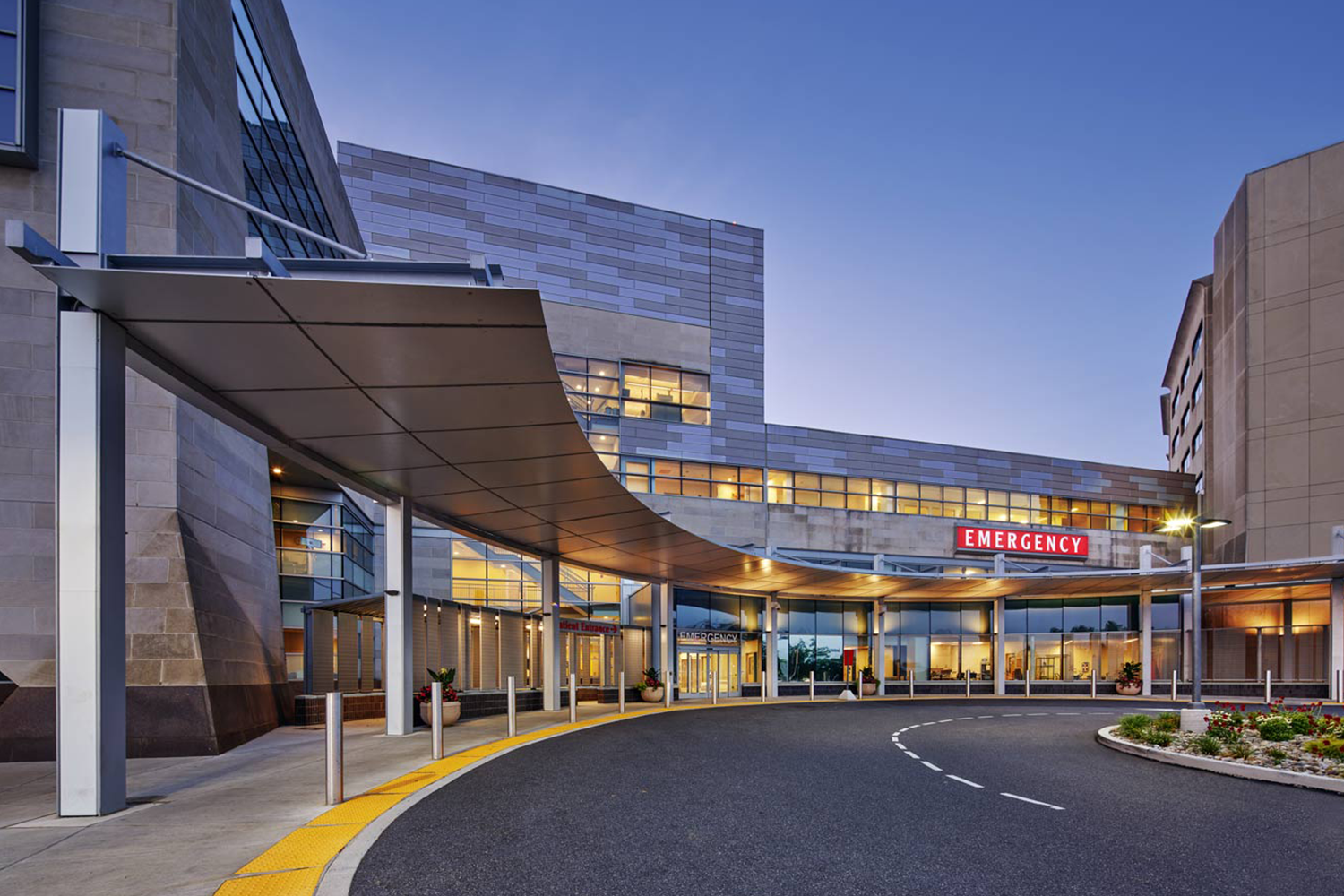
How Design can Mitigate Violence in Emergency Departments

Violent behavior and incidents have increased significantly in Emergency Departments (ED) since the start of the pandemic. As the federal government readies to bring the COVID-19 national emergency declaration to a close, healthcare providers are left with an epidemic of their own.
Violent behavior in EDs is common and increasing. According to a study published in the Journal of Emergency Nursing, ED staff members are four times more likely to experience violence than their peers in other healthcare settings. The number of reported incidents of violence in healthcare settings has increased by 30% in the past decade. When violence occurs, care delivery suffers, and the victims report trauma and increased anxiety as a result. According to MedPage Today, “Around 85% of physicians said emergency department violence has resulted in an increase in wait times, and 60% said attacks often result in patients leaving the emergency room without receiving care. Approximately 87% reported a loss of productivity due to violence, and 85% reported trauma or increased anxiety.”
While gun violence is on the rise in the United States, the frequency of active shooter events in healthcare facilities is low (2.5%), but they are high-threat events. EDs are the most common shooting site (29%) in healthcare facilities, while the parking lot, patient room, and inpatient mental health units are recorded as other common spaces where shootings have occurred. To address this issue, hospitals and healthcare facilities are exploring violence prevention through design in their EDs. This approach involves modifying the physical environment of the ED to mitigate the impact of violent behavior. For example, some hospitals are installing security cameras, creating separate waiting areas for patients with behavioral health issues, and redesigning the layout of the ED to increase staff visibility and reduce the risk of assault.
Design features can play an important role in helping mitigate the risk of violent events. With the rise in gun-related incidents in major cities across the nation and the increase in violent incidents in EDs in particular, we feel it is our responsibility as healthcare designers to contribute to finding solutions that mitigate harm, improve care delivery, and reduce patient and practitioner anxiety.
EwingCole’s Design Research team published a synthesis of peer-reviewed research studies on emergency department design considerations to bring insights into how violence can be prevented in the ED through design and decision-making support. Insights and experience from EwingCole projects and the Security Design Guidelines for Healthcare Facilities (IAHSS) are also compiled in the study.
What We Found
Based on the literature, violent events seen in the ED have increased since 2018. Our research highlights several key elements that can improve safety and minimize risk: smart design features, security presence, and active monitoring of all spaces occupied by patients, staff, and providers.
Visibility
- It is important to have visibility to the entrance from the registration area and security desks. Blind spots/corners can be equipped with mirrors or cameras.
- Patient room clustering, pod configuration, and care processes need to be designed to optimize visual and auditory access, maximize security support awareness and minimize walking distances and transportation time. Visibility to patient rooms from nurse stations should be maximized.
Security
- Security presence or camera surveillance must be considered at entrances (both walking and EMS entrances), registration, waiting areas, and patient rooms in particular behavioral clinic areas. When adding metal detectors, the logistics and cost of the equipment, required personnel, space for queuing line, and resolution area need to be considered.
- Use of real-time location systems (RTLS), which acts similarly to an RFID system and can track equipment, material, and staff while facilitating communication among agents in the system. In case of danger, the system sends an alarm to security, and the location can be tracked.
- Electronic locking system that controls access to the department.
- Educate and train the staff and patients about egress pathways from different care areas.
Privacy
- Acoustical privacy for exam rooms, consult rooms, and team huddle areas must be considered.
Spaces
- Registration areas should be welcoming and functional with specific design elements that enhance the safety of staff members: bullet-resistant glass, steel panels/walls/desks, and panic buttons.
- Reception area should be placed against the wall with a back door that could be used for immediate escape.
- Instead of long U-shaped desks, consider multiple smaller touch-down stations (6’ or 8’ long).
- A second back door in the triage area can provide an immediate escape for staff in case of danger. Consider having more than one door in staff work or gathering areas to avoid dead ends.
- Consider separate care areas and exit doors for behavioral patients. The doors need to be opened outward with an electronic pad close to the door to aid an easy exit.
- Include a dedicated observation area in ED.





